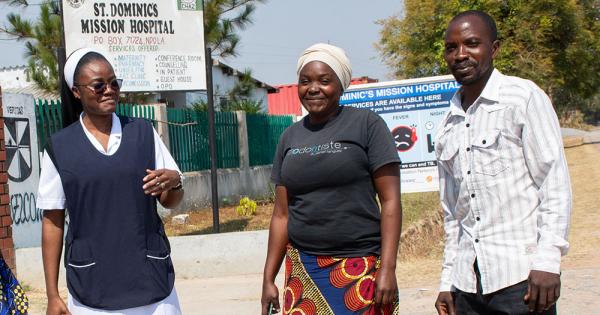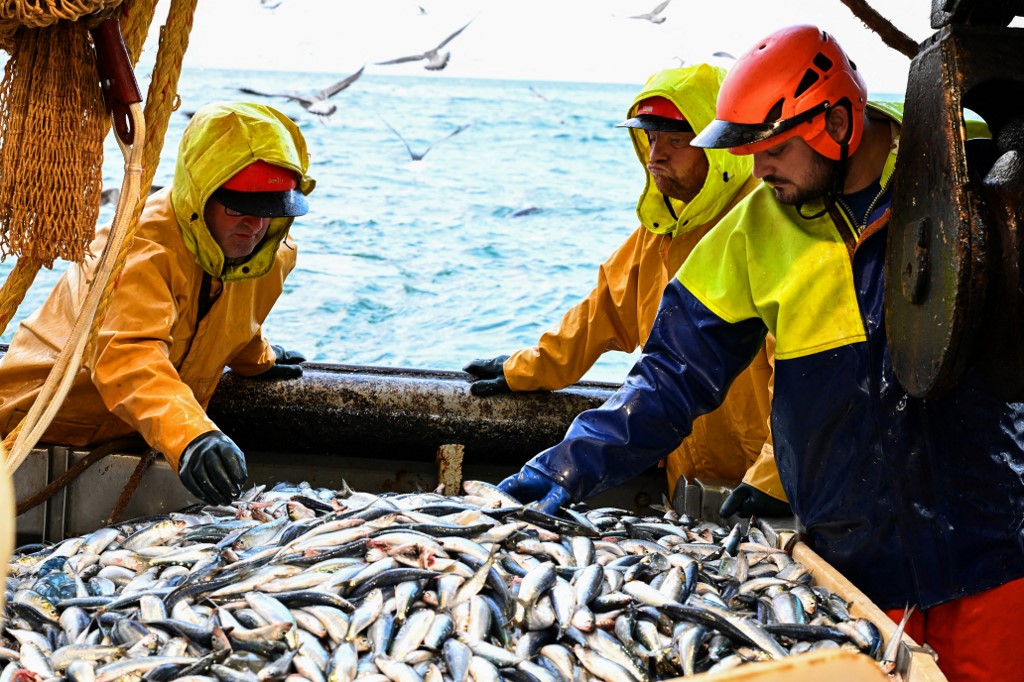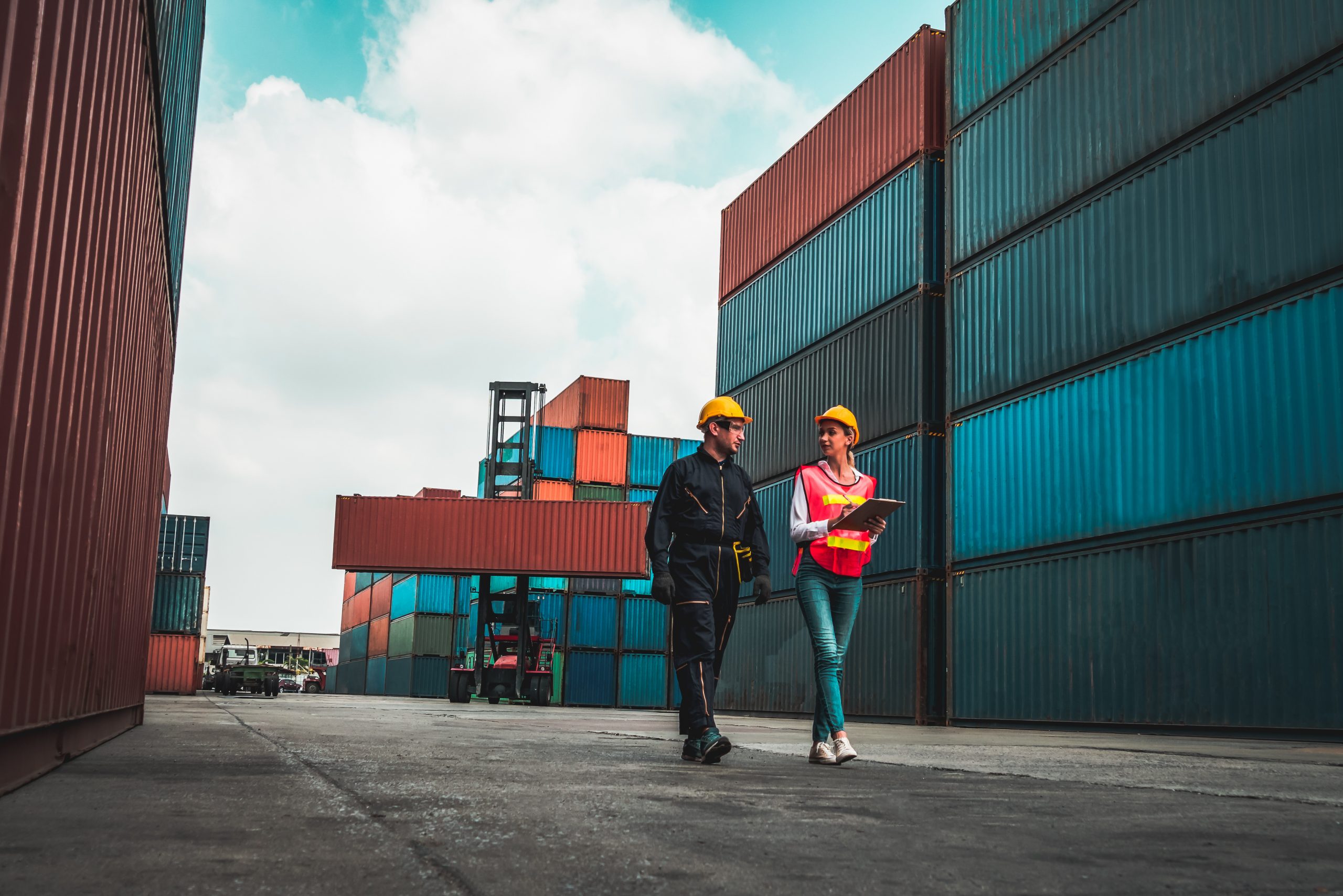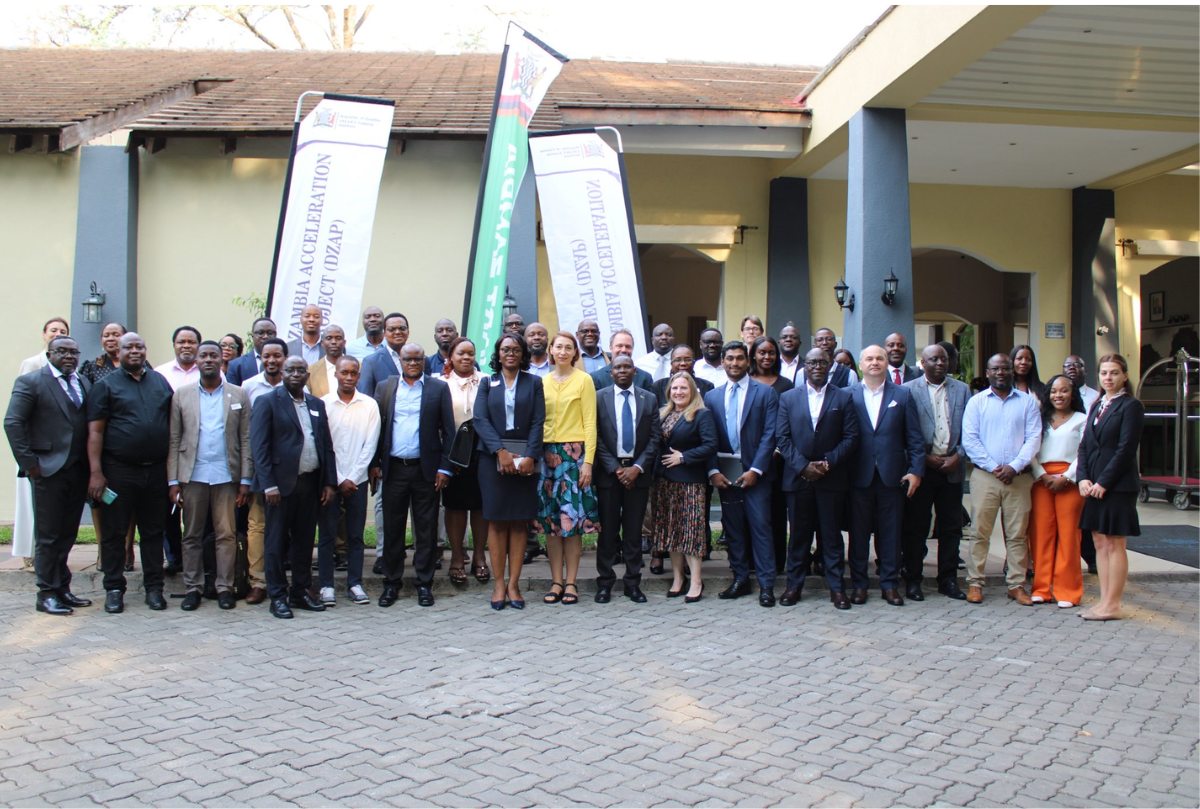Disturbing research reveals alarming disparity in seafood served to tourists and locals: ‘Contain potentially hazardous chemicals’ – Yahoo Home

Report on Environmental and Socio-Economic Disparities in Puerto Morelos, Mexico
Introduction: A Conflict with Sustainable Development Goals
A recent investigation in the fishing town of Puerto Morelos, Mexico, reveals significant challenges to achieving multiple Sustainable Development Goals (SDGs). The report highlights a stark socio-economic divide, severe environmental pollution, and threats to sustainable livelihoods, directly impacting the well-being of the local community.
- Economic Disparity: High-value seafood, such as lobster, is predominantly served to affluent tourists, while local fishing communities subsist on less valuable, contaminated fish.
- Environmental Contamination: Coastal fishing grounds, the primary food source for local families, are heavily polluted with microplastics.
- Unsustainable Practices: The depletion of marine resources is exacerbated by illegal, off-season fishing, threatening the long-term viability of the local fishing industry.
Analysis of Key Issues and SDG Implications
Food Security, Health, and Inequality (SDG 2, 3, 10)
The situation in Puerto Morelos directly contravenes the principles of several key SDGs. The disparity between tourist consumption and local subsistence undermines SDG 10 (Reduced Inequalities). Local populations are left with food sources that pose potential health risks, challenging the objectives of SDG 2 (Zero Hunger), which emphasizes access to safe and nutritious food, and SDG 3 (Good Health and Well-being).
A study published in Marine Biology provides empirical evidence for these concerns:
- Contamination Analysis: Examination of 424 locally caught fish confirmed that specimens from shallow, coastal waters contained significantly higher levels of microplastics in their digestive systems compared to those from deeper waters.
- Health Concerns: While research into the full effects of microplastic consumption is ongoing, these particles are known to contain hazardous chemicals and absorb environmental toxins. They have been linked to serious health conditions, presenting a clear threat to public health under SDG 3.
Life Below Water and Decent Work (SDG 14, 8)
The challenges faced by the Puerto Morelos fishing community represent a critical failure in marine resource management and economic stability, impacting SDGs 14 and 8.
- Threats to Marine Ecosystems (SDG 14): The prevalence of microplastics is a clear indicator of marine pollution. Furthermore, complaints from local anglers about pirates engaging in illegal off-season fishing highlight unsustainable practices that lead to the depletion of lobster populations, directly conflicting with the targets of SDG 14 (Life Below Water) to end overfishing and restore fish stocks.
- Impact on Livelihoods (SDG 8): The combination of resource depletion from illegal fishing and the dangerous nature of their work compromises the ability of local fishers to secure a stable income. This undermines the goal of SDG 8 (Decent Work and Economic Growth) by perpetuating precarious employment and economic vulnerability.
Responsible Consumption and Production (SDG 12)
The root cause of the microplastic crisis is linked to global patterns of plastic use. This issue highlights the need for systemic change in line with SDG 12 (Responsible Consumption and Production).
- Source of Pollution: Microplastics primarily originate from the degradation of larger plastic items.
- Proposed Solutions: Addressing this requires a dual approach of technological innovation and behavioral change.
- Researchers are developing methods to remove microplastics, such as absorbent powder additives and soil remediation techniques using farm waste.
- Promoting the reduction of single-use plastics through reusable bottles, shopping bags, and to-go containers is a critical step toward achieving sustainable consumption patterns.
Analysis of Sustainable Development Goals in the Article
1. Which SDGs are addressed or connected to the issues highlighted in the article?
The article discusses several interconnected issues that are relevant to the following Sustainable Development Goals (SDGs):
- SDG 3: Good Health and Well-being: The article highlights the health risks associated with consuming microplastic-contaminated fish. It mentions that these tiny plastic particles “have already been tied to health problems such as cancer, dementia, kidney disease, and impaired blood flow in the brain.”
- SDG 10: Reduced Inequalities: A central theme of the article is the disparity between affluent tourists and the local fishing community. The opening sentence captures this inequality: “In one Mexican fishing town, tourists dine on lobster while locals are left with microplastic-tainted fish.” This points to unequal access to safe, high-quality food resources.
- SDG 12: Responsible Consumption and Production: The problem of microplastic pollution stems from unsustainable patterns of consumption and production, particularly regarding plastics. The article addresses this by suggesting solutions that promote responsible consumption, such as using “a reusable water bottle, opting for a reusable shopping bag, and bringing your own to-go containers to restaurants.”
- SDG 14: Life Below Water: The article’s core focus is on the health of marine ecosystems and the life within them. It discusses marine pollution through microplastics found in fish and the depletion of marine life due to illegal fishing practices, as evidenced by the “drop in lobster populations.”
2. What specific targets under those SDGs can be identified based on the article’s content?
Based on the issues discussed, several specific SDG targets can be identified:
- Target 3.9: By 2030, substantially reduce the number of deaths and illnesses from hazardous chemicals and air, water and soil pollution and contamination.
- Explanation: The article directly connects to this target by discussing the potential for “illnesses in humans” from microplastics, which “contain potentially hazardous chemicals” and “absorb toxic contaminants from the environment.” The mention of links to cancer and kidney disease reinforces this connection.
- Target 10.2: By 2030, empower and promote the social, economic and political inclusion of all.
- Explanation: The article illustrates a clear case of economic and social exclusion. The local fishers are left to “feed their families with local fish caught near the town’s beaches, which are contaminated with microplastics,” while high-value, safer seafood is channeled to affluent tourists, highlighting a significant inequality in food security and quality.
- Target 12.5: By 2030, substantially reduce waste generation through prevention, reduction, recycling and reuse.
- Explanation: This target is addressed in the solutions section of the article. It states that “Microplastics most often enter the environment as larger plastics that degrade over time” and advocates for actions that reduce plastic waste at its source, such as using reusable bottles, bags, and containers.
- Target 14.1: By 2025, prevent and significantly reduce marine pollution of all kinds, in particular from land-based activities, including marine debris.
- Explanation: The central issue of microplastics in the marine environment of Puerto Morelos directly relates to this target. The study cited found that “fish caught with a simple line and hook in shallow waters near the coast had significantly more plastics in their digestive systems,” which is a clear example of marine pollution from debris.
- Target 14.4: By 2020, effectively regulate harvesting and end overfishing, illegal, unreported and unregulated fishing (IUU).
- Explanation: The article explicitly mentions this problem. The local anglers “complain about pirates who fish offseason with ‘total impunity,’ resulting in a drop in lobster populations.” This is a direct reference to illegal and unregulated fishing that leads to the depletion of fish stocks.
3. Are there any indicators mentioned or implied in the article that can be used to measure progress towards the identified targets?
The article mentions or implies several indicators that can be used to measure progress:
- Indicator for Target 14.1 (Plastic debris density): The article refers to a study that “analyzed contaminants in 424 locally caught fish” and found that some “had significantly more plastics in their digestive systems.” The concentration of microplastics in fish serves as a direct, measurable indicator of marine plastic pollution.
- Indicator for Target 14.4 (Proportion of fish stocks within biologically sustainable levels): The article states that illegal fishing has resulted in a “drop in lobster populations.” The population level or stock status of the local lobster is a specific indicator for measuring the impact of overfishing and the effectiveness of regulations.
- Indicator for Target 3.9 (Mortality/morbidity rate from pollution): While not providing quantitative data, the article implies an indicator by linking microplastic exposure to specific health problems like “cancer, dementia, kidney disease, and impaired blood flow.” The incidence rate of such illnesses within the local population could be tracked as an indicator of the health impacts of pollution.
4. Table of SDGs, Targets, and Indicators
| SDGs | Targets | Indicators Identified in the Article |
|---|---|---|
| SDG 3: Good Health and Well-being | 3.9: Reduce illnesses from hazardous chemicals and pollution. | Implied: Incidence of illnesses (cancer, dementia, kidney disease) linked to consuming contaminated seafood. |
| SDG 10: Reduced Inequalities | 10.2: Promote social and economic inclusion. | Implied: Disparity in food quality and security between tourists (consuming lobster) and locals (consuming contaminated fish). |
| SDG 12: Responsible Consumption and Production | 12.5: Substantially reduce waste generation. | Implied: Reduction in single-use plastic waste through the adoption of reusable alternatives (bottles, bags, containers). |
| SDG 14: Life Below Water | 14.1: Reduce marine pollution. | Mentioned: Concentration of microplastics in the digestive systems of locally caught fish. |
| 14.4: End overfishing and illegal fishing. | Mentioned: Status of lobster populations (“drop in lobster populations”). |
Source: yahoo.com

What is Your Reaction?
 Like
0
Like
0
 Dislike
0
Dislike
0
 Love
0
Love
0
 Funny
0
Funny
0
 Angry
0
Angry
0
 Sad
0
Sad
0
 Wow
0
Wow
0
















































































